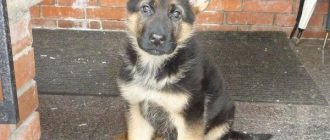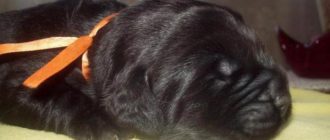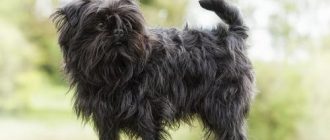Basenji – a unique breed that has become the result of natural selection (without human intervention). These extraordinary animals known as zandeh dogs, congo terriers, african non-barking dogs, nyam-nyam-terriers, Congolese shrub dogs.
Puppy development
Contents
Basenji are medium sized dogs. Their development ends by one 2-14 months. The most active growth, mass gain falls on the first 10-12 weeks of life. Animal development begins in the womb Mom dogs are the prenatal, prenatal stage. It is noteworthy that already at this time, the kutis memorize the diet, positive, negative emotions of the mother.
At birth
Newborn kittens are helpless – babies don’t see, they don’t hear, practically do not crawl. They just squeak, whine in search mother’s nipples. They are able to distinguish smells, react to heat and cold. The main activities of newborn basenjas are to suck milk and sleep.
Since these are heat-loving dogs, the owner must take care of comfortable conditions for keeping a family’s song. It’s dry in the room light, no drafts and unpleasant “cutting” light.
Photos and videos of newborn basenji:
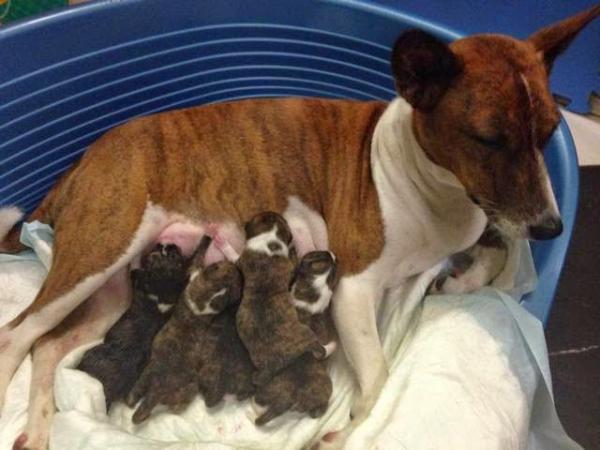
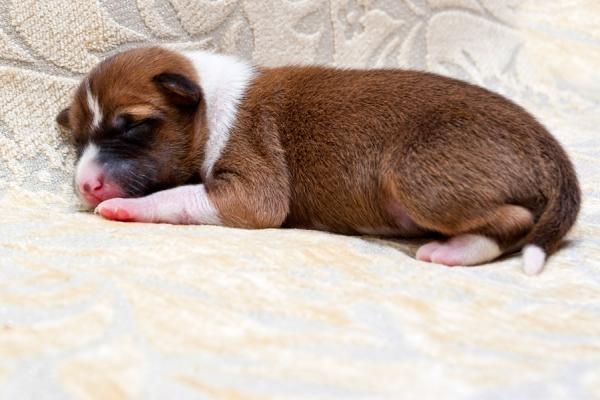
1 month
Until 10-14 days of life, neonatal continues in Kutis, vegetative stage of development. They adapt to the environment, its sounds, smells.
Already in the first week of life, the baby is an elastic tight lump with glossy wool. The kittens become very active – they strive to get to the milky nipples. By their quickness, breeders they judge who will be the leader, the “hunter-fighter” and who will be obedient domestic dog.
10-17 days – a short but important transition period. They are already wooing eyes, ears are open, milk teeth are cut. The world is even more interesting – a monthly puppy seeks to explore it as soon as possible.
Photos and videos of monthly basenji:
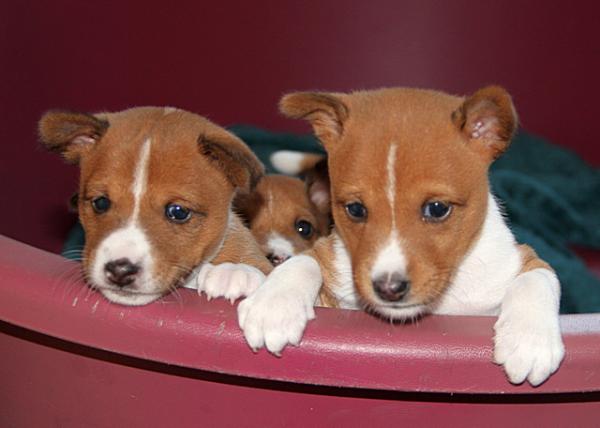
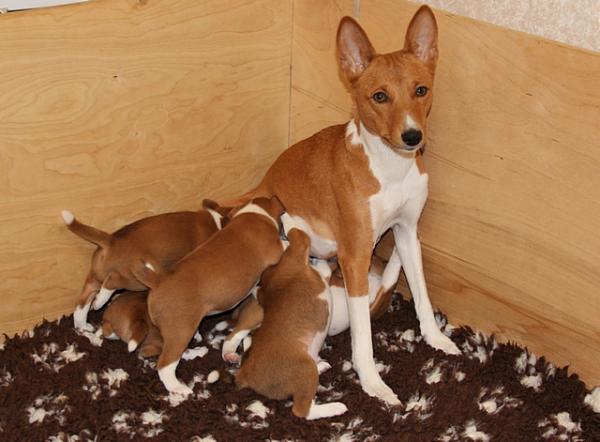
1 month
Until 10-14 days of life, neonatal continues in Kutis, vegetative stage of development. They adapt to the environment, its sounds, smells.
Already in the first week of life, the baby is an elastic tight lump with glossy wool. The kittens become very active – they strive to get to the milky nipples. By their quickness, breeders they judge who will be the leader, the “hunter-fighter” and who will be obedient domestic dog.
10-17 days – a short but important transition period. They are already wooing eyes, ears are open, milk teeth are cut. The world is even more interesting – a monthly puppy seeks to explore it as soon as possible.
Photos and videos of monthly basenji:


2 month
Puppies become independent: they are transferred to softened complementary foods, babies themselves relieve themselves, are not dependent on their mother. They continue to actively explore the world, learn to interact with him.
On the photo and video – African barking dogs at 2 months:
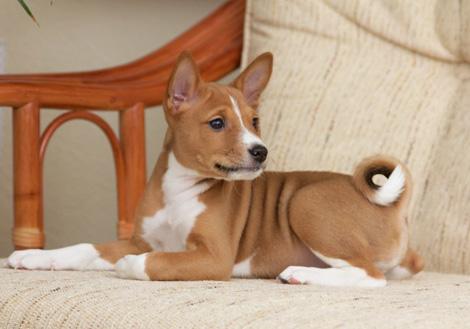
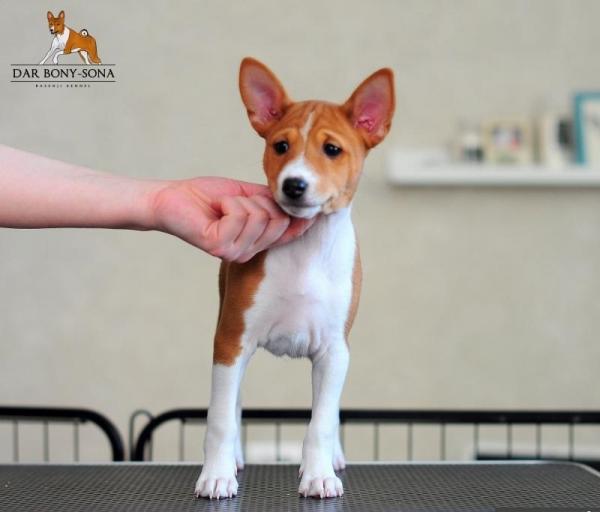
3 month
Three-month-old puppies gain a new family. From the first days of them surround with care – it is important that the kids learn to trust people. But the owner remembers that the basenji are wayward and stubborn. Therefore begins systematically raise a pet, learns with him the first teams.
Photos and videos of the three-month-old basenji:

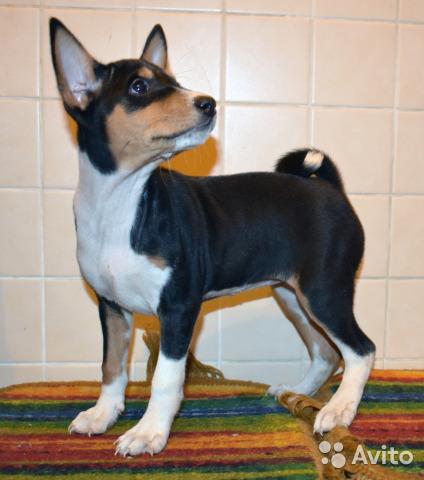
3 month
Three-month-old puppies gain a new family. From the first days of them surround with care – it is important that the kids learn to trust people. But the owner remembers that the basenji are wayward and stubborn. Therefore begins systematically raise a pet, learns with him the first teams.
Photos and videos of the three-month-old basenji:


4 month
The puppy is completely accustomed to the owner, a new home. He is already eating solid food – the frequency of feeding is gradually reduced, as the development of the dog begins to slow down. Basenji accustom to leash, deal with them on dog sites.
Puppies at 4 months:
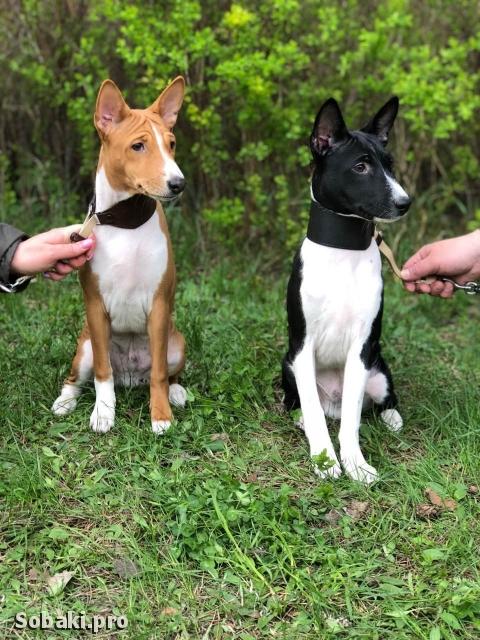

5 month
Training a grown puppy translates into a more complex level. He enters adolescence – becoming more stubborn and naughty. Patience and firmness are the main helpers the owner.
Basenji photo at 5 months:
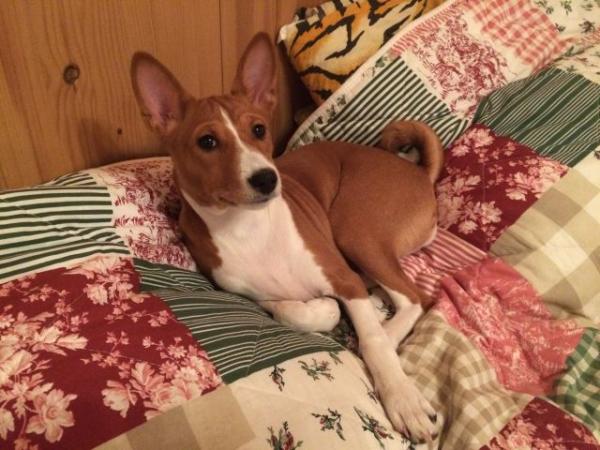
6 month
Half-year-old basenji looks like adult dogs. They know teams, their name, are accustomed to a leash. Understand who is for them the owner, what place is occupied in his family.
Photo, video of half-year-old African dogs:


5 month
Training a grown puppy translates into a more complex level. He enters adolescence – becoming more stubborn and naughty. Patience and firmness are the main helpers the owner.
Basenji photo at 5 months:

6 month
Half-year-old basenji looks like adult dogs. They know teams, their name, are accustomed to a leash. Understand who is for them the owner, what place is occupied in his family.
Photo, video of half-year-old African dogs:


7-12 month
At this age, psychological, physical development of young dogs ends. This is puberty – in girls the first estrus begins.
In the photo – adult basenji:
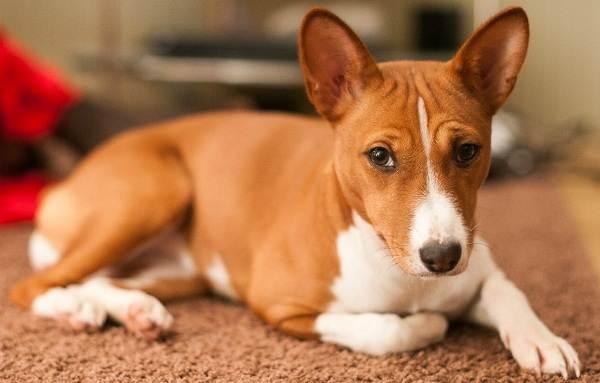


Development table
Next are the average development indicators for Basenji puppies.
| Age (months): | Weight, kg): |
| 1 | 1.2-1.4 |
| 2 | 2.2-2.8 |
| 3 | 4-5,1 |
| 4 | 5-6 |
| 5 | 6-7 |
| 6 | 7-9 |
| 9 | 9-9.5 |
| 12 | 9-12 |
Growth, mass gain by Congo Terriers is completed upon their achievement 1 year But until about 14-15 months, the dog continues to develop – becomes more powerful, muscular.
Parameters of adult animals:
- Weight: boys – 10-12 kg, girls – 9-11 kg.
- Height: males – 41-44 cm, females – 38-41 cm.
Small deviations from the average in both directions – normal phenomenon, individual development of the animal.
Breed features
No wonder the Basenji are called a unique breed:
- These dogs do not bark. They communicate with people, brothers at help grunts, rumbling, snorting. Make sounds like laughter meowing and even singing.
- Animals hardly smell. Moreover, they, unlike others dogs are very afraid of water. Hygiene is maintained independently – funny wash their paw like cats.
- Get along well with people and pets. However they don’t recognize small pets – for Basenji hunters they seem “prey”.
- The hunting instinct of a dog is practically uncontrollable: if it sees “prey”, no matter what, begins to pursue it. Therefore, pets walk only on a leash.
- The behavior of these dogs depends on the location: on the street they active and energetic, and in the master’s house – quiet and obedient.
- Since the birthplace of the basenji is Ancient Egypt and Africa, the dogs are not tolerate Russian cold. They definitely need winter clothes, warm conditions.
- Zoopsychologists do not recommend vigorous Congo Terriers in as the first dogs. To successfully train, educate active pet, you need to make remarkable patience, to build partnership with the beast. Basenji can’t stand bullying imposing one’s will, beating.
- An African dog loves spending time with his beloved master – wallow on a sofa or bed, play – catch a plate, stick.
- Basenji love children, touching take care of them – animal no harm to the child. But at the same time it does not allow with itself unceremoniously to appeal – to scrub by the ears or drag by the tail.
African barking dog – a great option indoor pet. It does not make noise, does not indulge, does not disturb with loud sounds. it clean, hypoallergenic animal, loving children, faithful to the owner. But the dog is very independent, wayward, energetic – his only a patient person can educate, train, familiar with the basics of zoopsychology.


